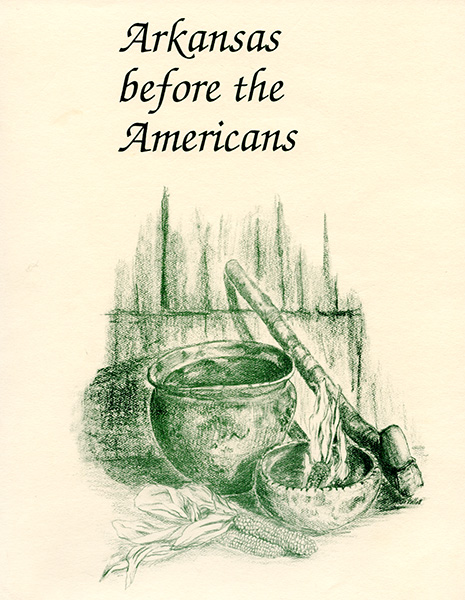 To commemorate the Tricentennial of the founding of Arkansas Post, the Arkansas Archeological Survey (ARAS) in 1986 hosted a symposium called “Arkansas Before the Americans.” Held on the University of Arkansas-Little Rock campus, with financial support provided by the Winthrop Rockefeller Foundation, the symposium was moderated by Hester A. Davis, with Judge Morris S. Arnold serving as discussant. As a further commemoration, the Old State House Museum put on a special exhibit entitled Arkansas Post: The Beginning.
To commemorate the Tricentennial of the founding of Arkansas Post, the Arkansas Archeological Survey (ARAS) in 1986 hosted a symposium called “Arkansas Before the Americans.” Held on the University of Arkansas-Little Rock campus, with financial support provided by the Winthrop Rockefeller Foundation, the symposium was moderated by Hester A. Davis, with Judge Morris S. Arnold serving as discussant. As a further commemoration, the Old State House Museum put on a special exhibit entitled Arkansas Post: The Beginning.